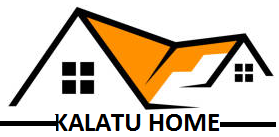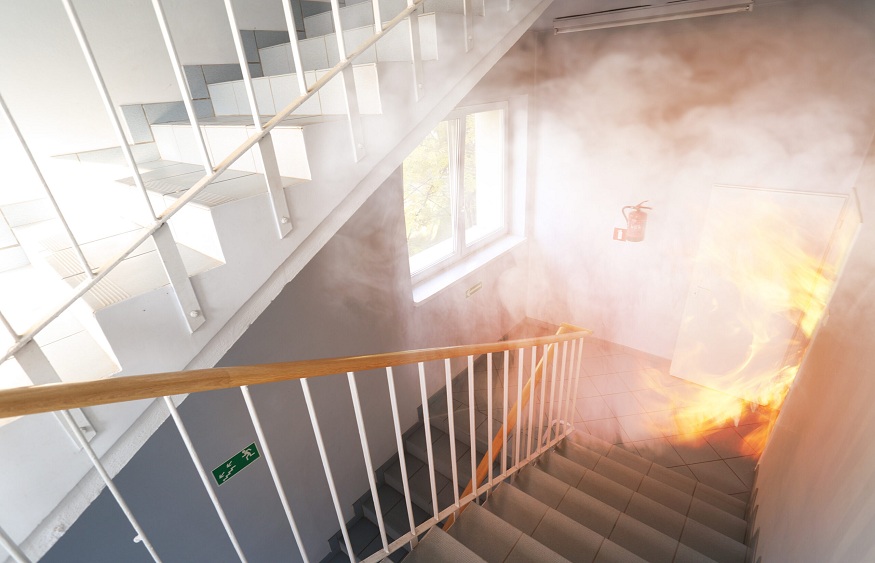Once the fire has been extinguished, the fire brigade has secured the property and they leave it to you. Whether you have insurance or not, you’ll be tempted to go inside and start cleaning, but this is not a good idea. Although you will want to get your home back to working order quickly, the reality is that the process is more complicated than you think and takes more knowledge than first intended. So let’s look at why smoke damage clean-up is best left to the professionals.
Here Are the Reasons You Shouldn’t DIY
Smoke Damage is Bad for Health
Smoke is made up of many fine particles and gasses that come about when organic compounds burn. Because these particles are so tiny, they can be easily inhaled and lodged in a person’s lungs, and this can cause many health issues.
When a person breathes in a high concentration of smoke, they can experience incredibly high levels of discomfort and this includes things like burning eyes, difficulty breathing and wheezing to name a few. If a person has existing lung issues these symptoms worsen, and anyone with heart disease feels symptoms of chest pain, heart palpitations and fatigue to name a few.
Unlike outside where there is a steady stream of air, indoor air quality will reduce significantly after a fire, and this can cause issues you don’t even notice are happening until it’s too late. Reducing the amount of time you spend in the area is recommended until the spoke damage residue is totally cleaned.
If you do try to get some important documents, consider wearing a face mask, and opening windows so the spaces can ventilate as much as possible, but this is providing the weather permits this. You don’t want to add water damage to your smoke damage.
Smoke Causes Hidden Damage
Smoke particles aren’t just small, they’re also full of acidic compounds. These toxic particles are able to corrode even metals and can even scratch glass. As these particles are so small, they can also travel all over the house to spaces that weren’t even touched by the fire.
Often, people don’t realize how smoke particles can get into a home’s duct system, and from there the smoke particles can spread to every room in the house, even in areas where the fire didn’t burn. Smoke is very likely to settle in unseen but cool areas such as inside walls, behind window curtains and under furniture. Due to this pervasive nature, smoke particles can cause damage to furniture too, and can be hard to remove if you aren’t careful. If you also remove it incorrectly you can cause tiny tears in cloth and fine materials such as glass, ceramics, lace and more.
If you want to protect your furniture and materials from smoke, it will need expert care from those who know what they’re doing. Otherwise, you can inadvertently destroy those beautiful curtains you spent weeks deciding on.
Smoke Damage Spreads Fast
Smoke spreads fast. Within a few minutes, it becomes soot and causes permanent discolouration to whatever it touches, given the material is porous (that means that things like marble, plastic and fabrics are more susceptible to being damaged). Then if you let the smoke linger it will ruin the look of metals such as your TV and microwave and start yellowing the walls and appliances. Often wooden furnishing must be refinished and carpet may need to be replaced.
Carpet is unfortunately not something that can often be saved as the synthetic fibres absorb and trap the odors, making it unfixable.
You Will Need Professional Cleaning Products
If you try to DIY smoke cleaning, it really can feel like a futile job. This is because smoke is so fine that it seeps into things during the heat of a fire. For example, pores in wood open up with heat and this then closes when the pores close, trapping odors inside the wood. This takes heat-related cleaning to fix. This sort of specialized knowledge is why you always look to the experts. Below are some things the professionals will do and have to make life easier.
Isolate-Affected Spaces: Professionals will use things like isolation barriers to keep smoke in affected areas from moving to occupied or ‘safe’ ones. In addition, the professionals have personal protective equipment to keep themselves safe, such as respirators, face masks and more.
High-End Cleaning Products: Once they have the right attire on, the professionals remove smoke particles with specialized cleaning equipment, and they know which tools to use based on whether the fire is oxygen-rich or not. They will then use alkaline detergents to clean smoke as well as specialized HEPA equipment that has microfilters for upholstery. This equipment also takes specialized knowledge to use correctly.
Structural Damage: If walls and carpets have little to no contamination behind or within them, they can be saved. Other things that get affected should be changed and this includes wall or ceiling insulation and padding under floors.
Professional Deodorizers: Smoke particles within walls, carpeting and floors can linger and create odors for several years if not cleaned properly. This is why the experts use things such as ozone generators which will help with this, and thermal foggers will clean smells trapped in wood. These are all tools that require a lot of knowledge about where they can and cannot be used to protect the owners’ assets as much as possible.
Which Experts Do You Call?
Even if the fire is small, the smoke damage can be high. This is unfortunately the nature of a fire, so even if it’s small, call the experts and save yourself from years of damage or unseen health issues down the line. To add to the load, if you don’t clean soot correctly, it can cause further risk of fires down the line, especially if it’s in insulation or flooring.
With this in mind, you should call Flood Pro’s USA when there’s a fire-related emergency in your home and we can get you back up and running sooner while keeping the process as stress-free as possible. Reach us now, and get started with your smoke remediation immediately.

